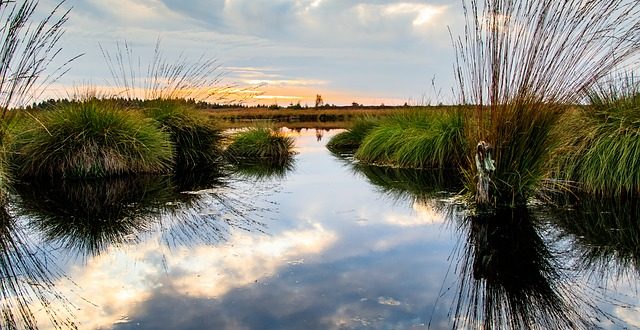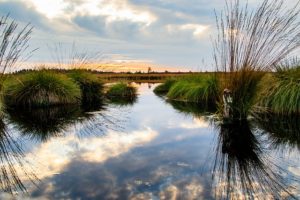Fires in Wetlands
There are many areas where fires can burn. They all have different ecosystems and are needed for different reasons. Fires in wetlands can seem like an odd idea, but they do happen.
When Fires in Wetlands Happen
Surely if the plants are wet, fires shouldn’t happen. That is often the case, but there are times of drought. This leads to the areas losing the moisture that protects them, leading to fires spreading.
While wetlands aren’t used to fires, the process is still a necessary one. They help with the ecosystem in the long-term.
Creation of New Ponds
When fires burn in bogs and other peat soils, holes are left without vegetation. This helps to encourage more water to fill the area, creating new ponds. Seeds tend to be buried in the water, allowing them to grow once the fire stops and the water fills back up again.
The fires in the areas are less intense. There’s less material to burn, even during times of drought. There is also less litter around as plants die, since they remain moist from the bogs and water surrounding the area.
There can be a lot of carbon in the peat. This is linked to the attempt to control the levels of carbon dioxide, but also due to global warming. Fire can help to manage these levels of carbon dioxide, burning the extra carbon while the fire spreads. In fact, the fire is critical to manage the levels in the wetlands.
Florida Wetland Fires
One of the most common parts of the United States for wetland fires is Florida. There are many boggy areas, especially closer to the sea.
This area has a significant level of dissolved charcoal, a fuel used for fires to spread. If the charcoal remains, it could be problematic for the plants and for people in the area. The fire is critical to help protect the ecosystem of the Florida wetlands.

